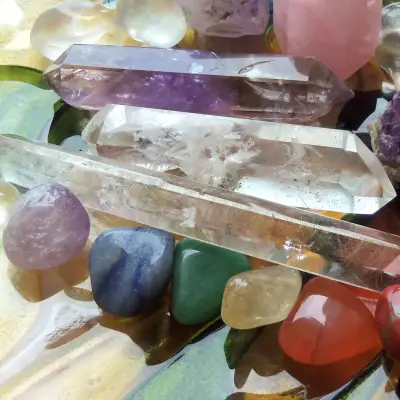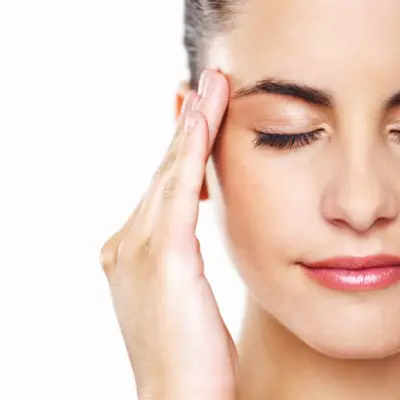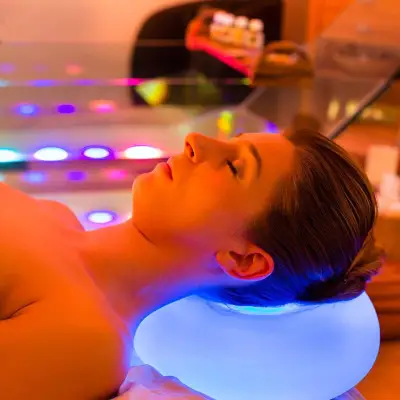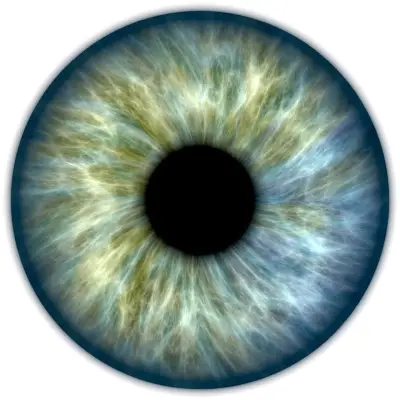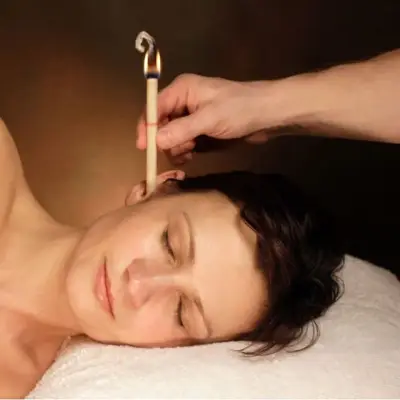If you're looking for a natural way to clear your ears of excess wax and debris, you may have heard of hopi ear candling. While it's not a medically proven treatment, many people swear by its effectiveness.
In this article, we'll explore this holistic therapy's history and uses and how you can reap the benefits of this gentle yet effective treatment.
History of Hopi Ear Candling
Hopi ear candling, or thermal auricular therapy, is a traditional holistic therapy used for centuries by the Hopi tribe of Native Americans.
The Hopi people are renowned for their knowledge of healing and natural remedies, and ear candling is one of many techniques they use to promote health and well-being.
The practice of ear candling involves placing a hollow candle made of natural ingredients such as beeswax, honey, and herbs into the ear canal and lighting it.
As the candle burns, it creates a gentle vacuum that draws out impurities and excess wax from the ear. The process is painless and relaxing; many people find it a soothing and therapeutic experience.
Although the exact origins of ear candling are unclear, it is believed to have been used by many ancient cultures, including the Egyptians, Greeks, and Chinese. It is also thought to have been used by the Aztecs and Mayans in Central America.
In the modern era, hopi ear candling has become a popular alternative therapy in many parts of the world, including the UK and Europe. While limited scientific evidence supports its effectiveness, many people swear by its benefits and find it a valuable addition to their wellness routine.
Recommended for you!
Best SellersProcess of Hopi Ear Candling
The process of hopi ear candling involves the following steps:
- Preparation: The treatment is conducted by lying on your side with your head supported by a pillow. It's important to be comfortable and relaxed for this procedure.
- Insertion: The candle is gently inserted into your ear canal. The candle is held in place by the therapist's hand, and the other end of the candle is lit.
- Burning: The candle burns for 10-15 minutes, creating a gentle vacuum that draws out impurities and wax from the ear canal. The candle is then extinguished and removed.
- Repeat: The process is then repeated on the other ear.
- Massage: After the treatment, the therapist may gently massage around the ear to help stimulate lymphatic drainage and improve circulation.
- Review: If you wish, you can cut open the remaining part of the candle and examine the impurities removed from your ear. Expect to see a lot of wax!
Benefits of Hopi Ear Candling
Hopi ear candling may be worth considering if you're looking for a natural way to improve your ear health. This ancient therapy is believed to offer a range of benefits, including:
1. Removal of Excess Earwax
One of the most common reasons people try hopi ear candling is to remove excess earwax.
The gentle heat generated by the candle can help to soften and loosen the wax, making it easier to remove. This can help to prevent ear infections and other ear-related problems.
2. Relief from Tinnitus
Tinnitus is a condition that causes a ringing or buzzing sound in the ears. It can be incredibly frustrating and can interfere with your ability to concentrate or sleep.
Hopi ear candling is thought to help relieve tinnitus by reducing inflammation in the ear canal and improving blood flow.
3. Improved Hearing
If you're experiencing hearing loss or difficulty hearing, hopi ear candling may be able to help.
By removing excess earwax and reducing inflammation, this holistic therapy can improve your hearing ability and may even prevent further hearing loss.
4. Relaxation and Stress Relief
Hopi ear candling is a deeply relaxing experience that can help to reduce stress and anxiety. The warm, gentle heat of the candle can help to soothe your senses and promote a sense of calm and well-being.
Overall, hopi ear candling is a safe and gentle therapy that may offer a range of benefits for your ear health and general well-being. If you're interested in trying this therapy, consult a qualified practitioner to ensure that it's safe and appropriate for you.
Potential Side Effects
Although most people enjoy a risk-free experience with ear candling, side effects can happen. They vary from person to person and may include:
- Ear canal obstruction: Using ear candles can cause wax or other debris to become lodged in the ear canal, leading to infection.
- Eardrum perforation: If the ear candle is inserted too far into the ear canal, it can puncture the eardrum, which can cause complications.
- Burns: The heat generated by the burning candle can cause burns to the skin, hair, or clothing, which can be painful.
- Sinusitis: Some individuals may experience sinusitis or other respiratory problems due to the smoke generated by the burning candle.
It is important to note that these side effects are uncommon, and most individuals who undergo ear candling will not experience any adverse effects. However, knowing the potential risks and side effects before undergoing the procedure is important. You should seek medical attention immediately if you experience any discomfort or pain during or after the procedure.
Step-by-Step Guide for Home Use
If you're interested in trying out hopi ear candling at home, here's a step-by-step guide to help you get started:
- Choose a quiet, comfortable space where you can lie down and relax. You may want soft music playing in the background to help you unwind.
- Have someone else help you with the ear candles, as it can be difficult to do it yourself. Make sure they have read and understand the instructions that come with the ear candles.
- Lie on your side with the ear you want to treat facing up. Place a towel or cloth over your hair and neck to protect them from any wax or debris falling from the ear candle.
- Light the tapered end of the ear candle and hold the unlit end gently against your ear canal. Make sure it is inserted comfortably and securely.
- Allow the ear candle to burn to the safety mark, usually about 4 inches from the ear. This should take about 10-15 minutes.
- Once the ear candle has burned to the safety mark, extinguish it in a water bowl. Do not blow it out, as this can cause hot wax to splatter.
- Repeat the process on the other ear if desired.
- After the treatment, rest for a few minutes to relax and fully enjoy the benefits of the ear candling.
Remember, hopi ear candling should not be used as a substitute for medical treatment. Consult a healthcare professional if you have any concerns about your ears or hearing.
Hopi Ear Candling: A Summary
Hopi ear candling has been used as a traditional therapy for centuries to improve ear health and overall well-being. While limited scientific evidence supports its effectiveness, many people have reported positive results from this therapy.
Overall, hopi ear candling can be a relaxing and enjoyable therapy for many people. While it may not work for everyone, it is a safe and natural alternative therapy worth considering if you seek ways to improve your ear health and overall well-being.
Our accredited Hopi Ear Candling Diploma Course is an excellent choice for existing holistic health practitioners looking to add a new treatment to their offerings or those interested in this wellness practice. Enrol today for just £29 (saving £98!) to learn how to perform this treatment safely.

